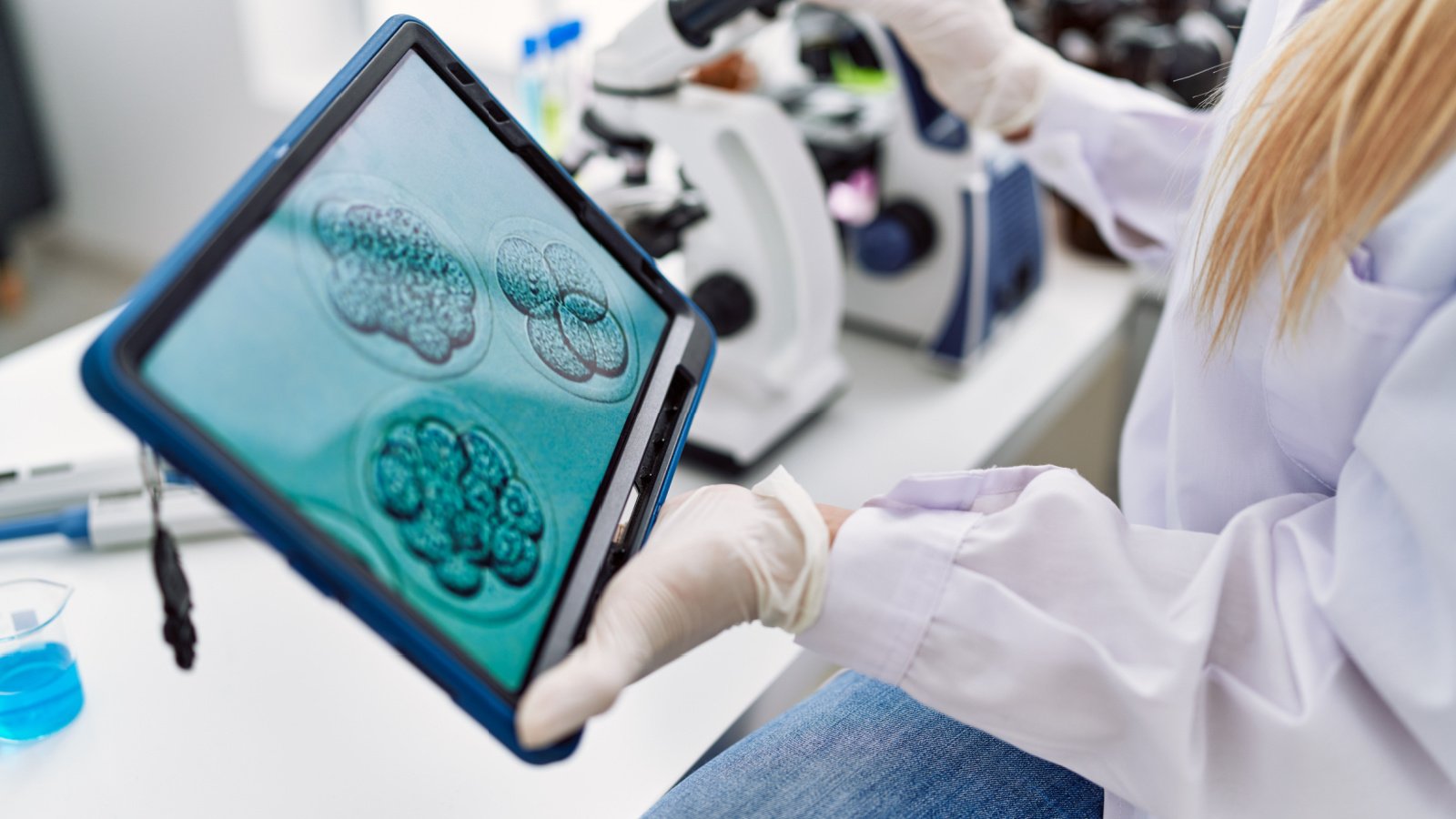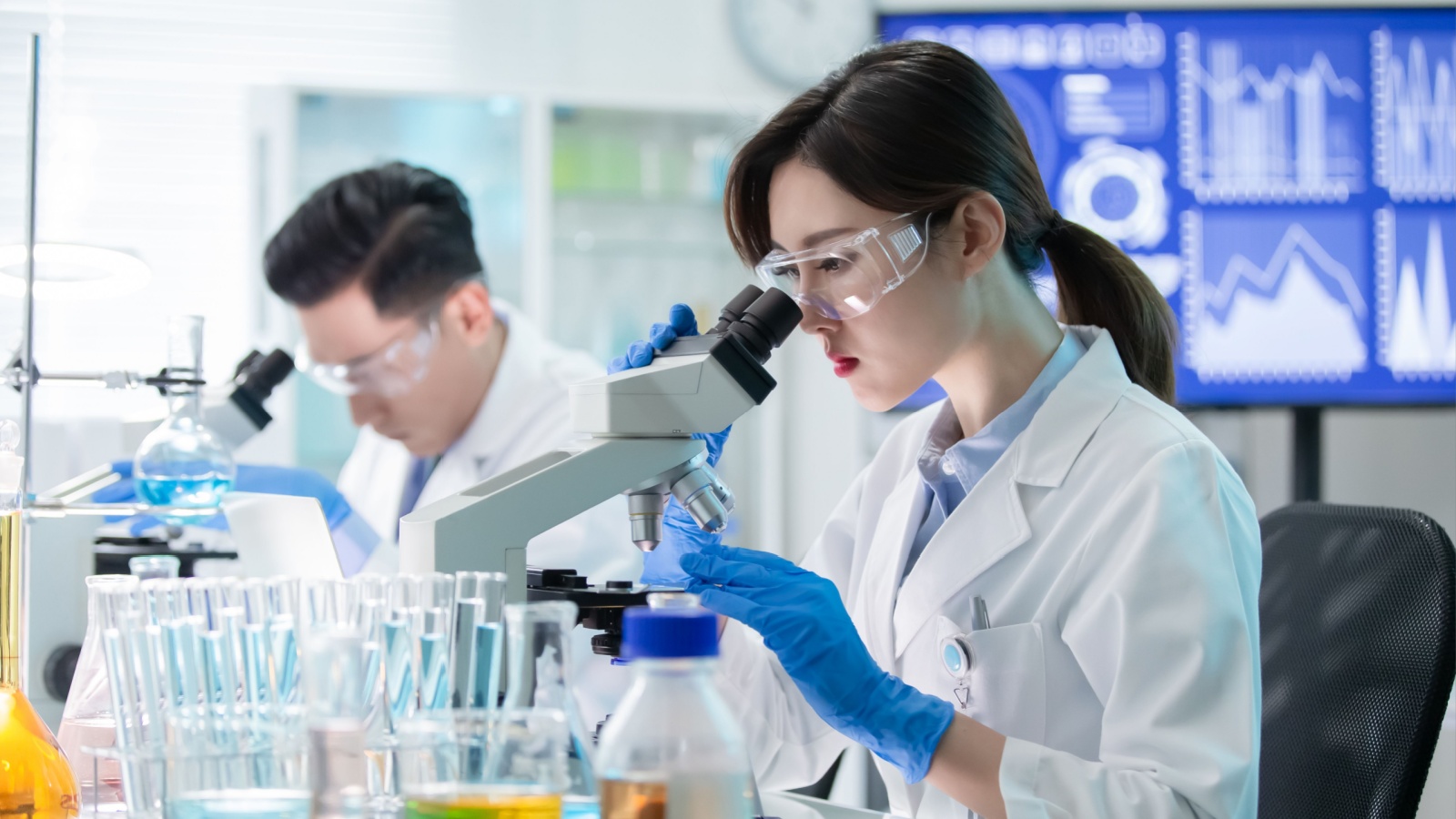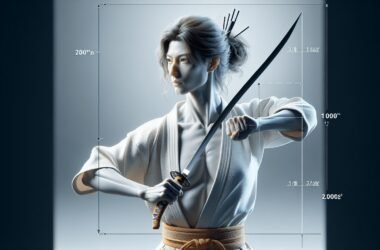History often judges harshly at the moment, only to reverse its verdict as perspectives shift and understanding deepens. From the realms of science to social policy, numerous individuals have championed truths that clashed violently with the prevailing wisdom of their times. These controversial figures, once ostracized or overlooked, have posthumously received accolades as visionaries whose insights reshaped our world. This article explores the lives and legacies of those whose ideas eventually triumphed, affirming their once-disputed claims.
Galileo Galilei

Galileo’s support of the heliocentric model, which posits the Earth orbits the sun, led to his condemnation by the Catholic Church. Despite being placed under house arrest, his observations eventually revolutionized our understanding of the solar system. Today, Galileo is heralded as the “father of modern observational astronomy.”
Nikola Tesla

Once overshadowed by Edison, Tesla advocated for alternating current (AC) over direct current (DC), facing ridicule and resistance. His innovations in electrical engineering, however, have fundamentally shaped the modern electricity supply system. Tesla’s visions of wireless communications and free energy are only now being fully appreciated.
Rosalind Franklin

Franklin’s crucial X-ray diffraction images of DNA were key to deciphering its double helix structure, yet her contribution was initially overlooked. While Watson and Crick received a Nobel Prize, Franklin did not receive the recognition she deserved during her lifetime. Her work, however, has since been acknowledged as pivotal in understanding genetic material.
Ignaz Semmelweis

Semmelweis introduced handwashing standards in obstetrical clinics to combat sepsis, only to be met with hostility from his peers who dismissed his claims. Tragically, he was committed to an asylum and died before his hygiene practices gained widespread acceptance. Today, his antiseptic procedures are fundamental in hospitals worldwide.
Alfred Wegener

Wegener proposed the theory of continental drift in 1912, suggesting that continents moved across the Earth over time. Criticized and ridiculed by many geologists of his time for lacking a mechanism, his theory laid the groundwork for the later development of plate tectonics. His once-controversial ideas are now universally accepted in the scientific community.
Rachel Carson

Carson faced fierce opposition for her 1962 book “Silent Spring,” which criticized the unchecked use of pesticides. Accused of alarmism, she was vindicated when her work led to the nationwide ban on DDT and spurred the modern environmental movement. Carson is now celebrated as an early pioneer in environmental advocacy.
Alan Turing

Turing, a key figure in breaking the Nazi Enigma code during World War II, proposed ideas about artificial intelligence and computational science that were far ahead of his time. After the war, he faced criminal prosecution for his homosexuality. Turing’s contributions are now recognized as foundational to the development of modern computing.
Barry Marshall

In a radical self-experiment, Marshall drank a petri dish containing Helicobacter pylori to prove it caused stomach ulcers, challenging the prevailing notion that they were caused by stress or spicy food. His successful demonstration led to a Nobel Prize in Physiology or Medicine. Marshall transformed the treatment of stomach ulcers and highlighted the role of bacteria in gastrointestinal diseases.
John Snow

Snow was a pioneer in the field of epidemiology when he linked a cholera outbreak in London to a contaminated water pump, contradicting the then-dominant miasma theory of disease. His work was initially dismissed by the medical establishment. His methodologies, however, laid the groundwork for modern epidemiology and public health.
Howard Florey

Though Alexander Fleming discovered penicillin, it was Florey and his colleague Ernst Boris Chain who developed it into a usable medicine. They faced skepticism and logistical challenges in producing the drug during WWII. Today, Florey is credited with saving millions of lives through his role in the development and mass production of penicillin.
Stanley Prusiner

Prusiner discovered prions, infectious proteins that cause diseases like BSE (mad cow disease). His idea that proteins could transmit diseases without nucleic acids was considered heretical. However, he was eventually awarded the Nobel Prize in Physiology or Medicine for his groundbreaking work.
Viktor Frankl

Frankl, a Holocaust survivor, proposed that finding meaning in life is the primary motivational force for humans, a view he developed during his time in concentration camps. His ideas, detailed in his book “Man’s Search for Meaning,” were initially met with indifference. Today, his psychological insights are highly influential in therapy and existential philosophy.
Marie Curie

Curie’s research on radioactivity was groundbreaking, earning her two Nobel Prizes, yet she faced immense opposition and sexism within the scientific community. Her discoveries of radium and polonium revolutionized the understanding of radiation. Curie’s pioneering work laid the foundation for advances in medicine and physics.
Hedy Lamarr

Lamarr, better known as a Hollywood actress, co-invented a frequency-hopping spread spectrum technology to help combat the Nazis during WWII. Her invention was dismissed until decades later when it became the basis for modern technologies like Bluetooth and Wi-Fi. Today, she is recognized not only for her film career but also for her significant contributions to technology.
Milton Friedman

Friedman was a controversial economist who advocated for free-market capitalism and minimal government intervention. His theories were initially unpopular, particularly during the Keynesian consensus. However, his ideas gained traction in the 1970s and 1980s, influencing economic policies in the United States and Britain.
Norman Borlaug

Dubbed the father of the Green Revolution, Borlaug developed high-yielding crop varieties that significantly increased food production in developing countries. Despite initial skepticism and criticism over potential ecological impacts, his work is credited with saving over a billion people from starvation. Borlaug’s legacy is a testament to the benefits of agricultural innovation.
Margaret Sanger

Sanger was a controversial advocate for birth control and reproductive rights in the early 20th century. She faced arrest and widespread condemnation for her advocacy. Today, she is recognized as a pioneer in the fight for women’s reproductive health and rights.
Andreas Vesalius

Vesalius revolutionized the field of anatomy with his detailed drawings and dissections, challenging the erroneous medical practices based on Galen’s ancient texts. His work was met with fierce resistance from the medical community of his time. His anatomical texts, however, became foundational in the study of human biology.
Charles Darwin

Darwin’s theory of evolution by natural selection was highly controversial when first published, as it contradicted the prevailing creationist beliefs. Despite facing significant backlash, his ideas gradually gained acceptance and have become the cornerstone of modern biological sciences. Darwin is now celebrated as one of the most influential figures in human history.
Ludwig Boltzmann

Boltzmann’s development of statistical mechanics and his explanation of the second law of thermodynamics faced strong opposition from contemporaries who clung to classical mechanics. His theories were only widely accepted after his death, proving foundational to modern physics. Today, Boltzmann is regarded as a pioneer in the field of statistical physics.
Fritz Haber

Haber invented the Haber-Bosch process, enabling the synthesis of ammonia from nitrogen and hydrogen, which was critical for fertilizer and explosives. Although his involvement in chemical warfare during WWI made him a controversial figure, his discovery significantly impacted agricultural productivity. Today, Haber’s process is recognized for its profound effect on global agriculture.
Giordano Bruno

Bruno was an Italian philosopher who posited ideas such as the infinitude of the universe and the plurality of worlds, which contradicted Catholic Church teachings. He was burned at the stake for heresy, but his visionary ideas about the universe later gained philosophical and scientific recognition. Bruno is now regarded as a martyr for science.
Antonie van Leeuwenhoek

Leeuwenhoek was the first to observe and describe single-celled organisms with a microscope; he refined himself, which led to ridicule from some parts of the scientific community who doubted his findings. His persistent documentation eventually changed the perception of the microscopic world. Today, he is known as the “Father of Microbiology.”
Socrates

The Greek philosopher’s methods and ideas were so radical that they led to his execution. His “Socratic method” of questioning everything became a fundamental part of Western philosophical thought. Socrates’ teachings, preserved through his disciples, continue to influence education and philosophy.
Luigi Galvani

Galvani’s discovery of bioelectricity in frog legs sparked the field of electrophysiology but was initially mocked by his peers, who misunderstood his conclusions. His work was foundational for later developments in biology and electrical science. Today, Galvani is credited with uncovering the electrical basis of nerve impulses.








